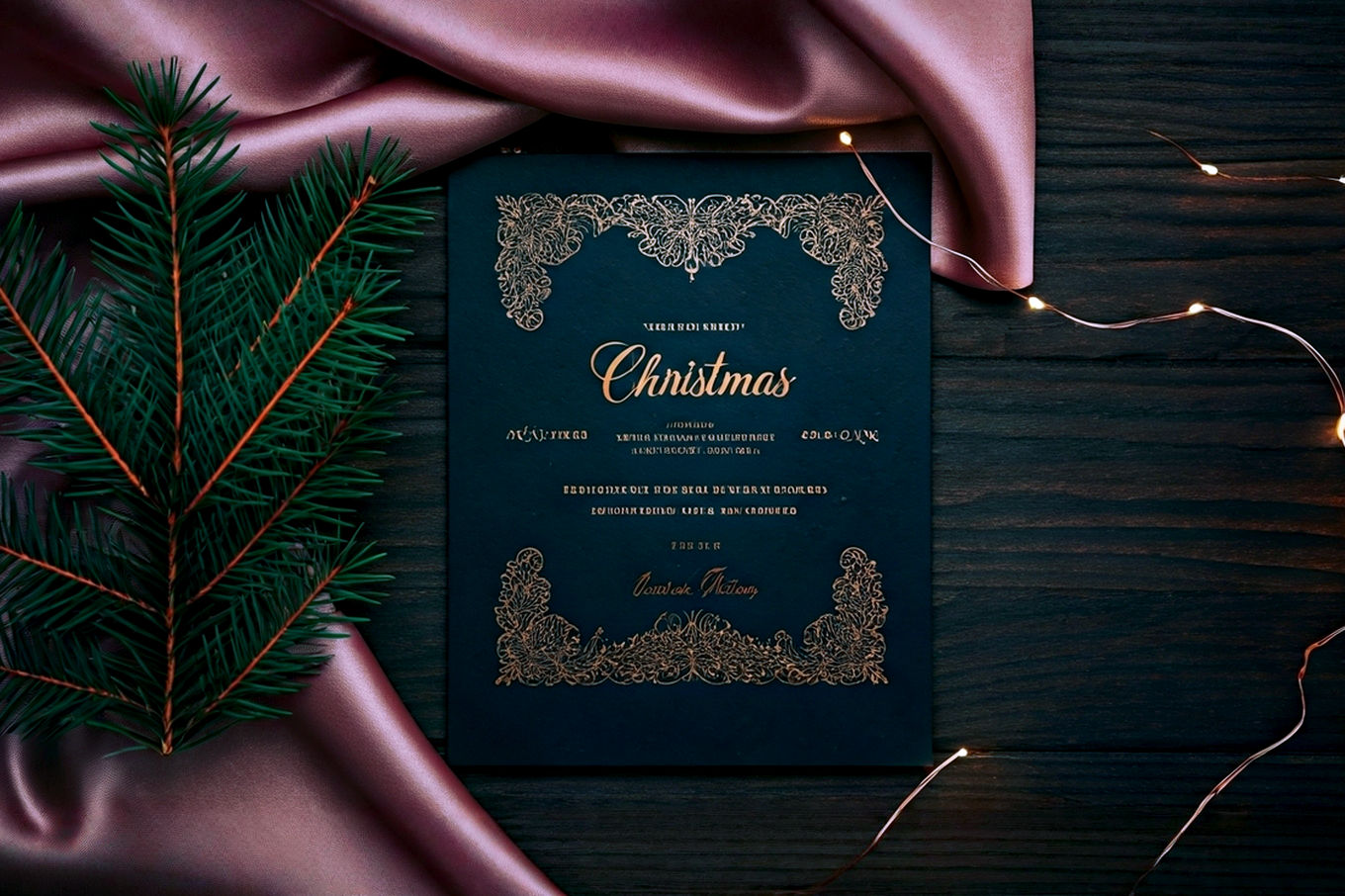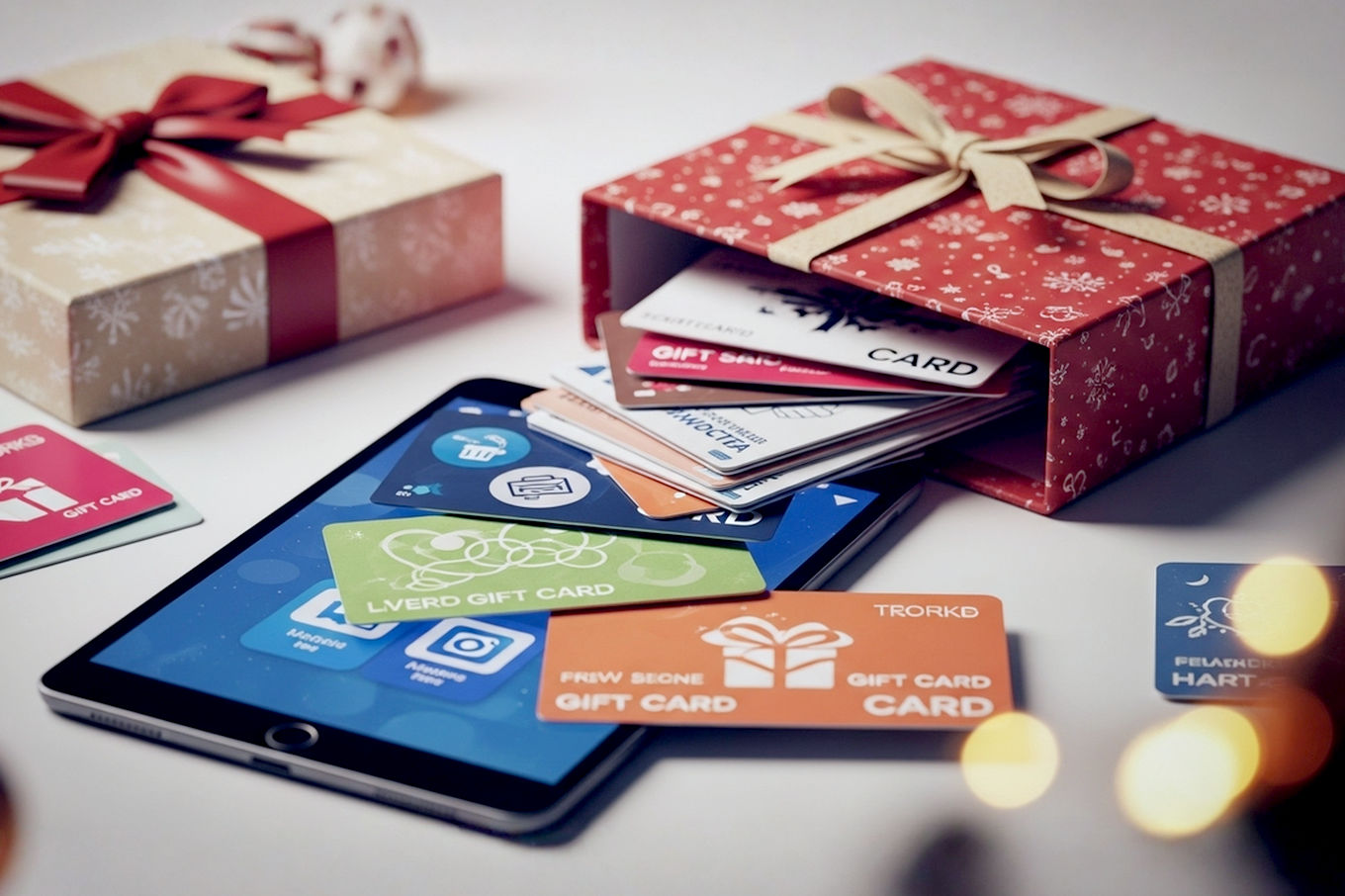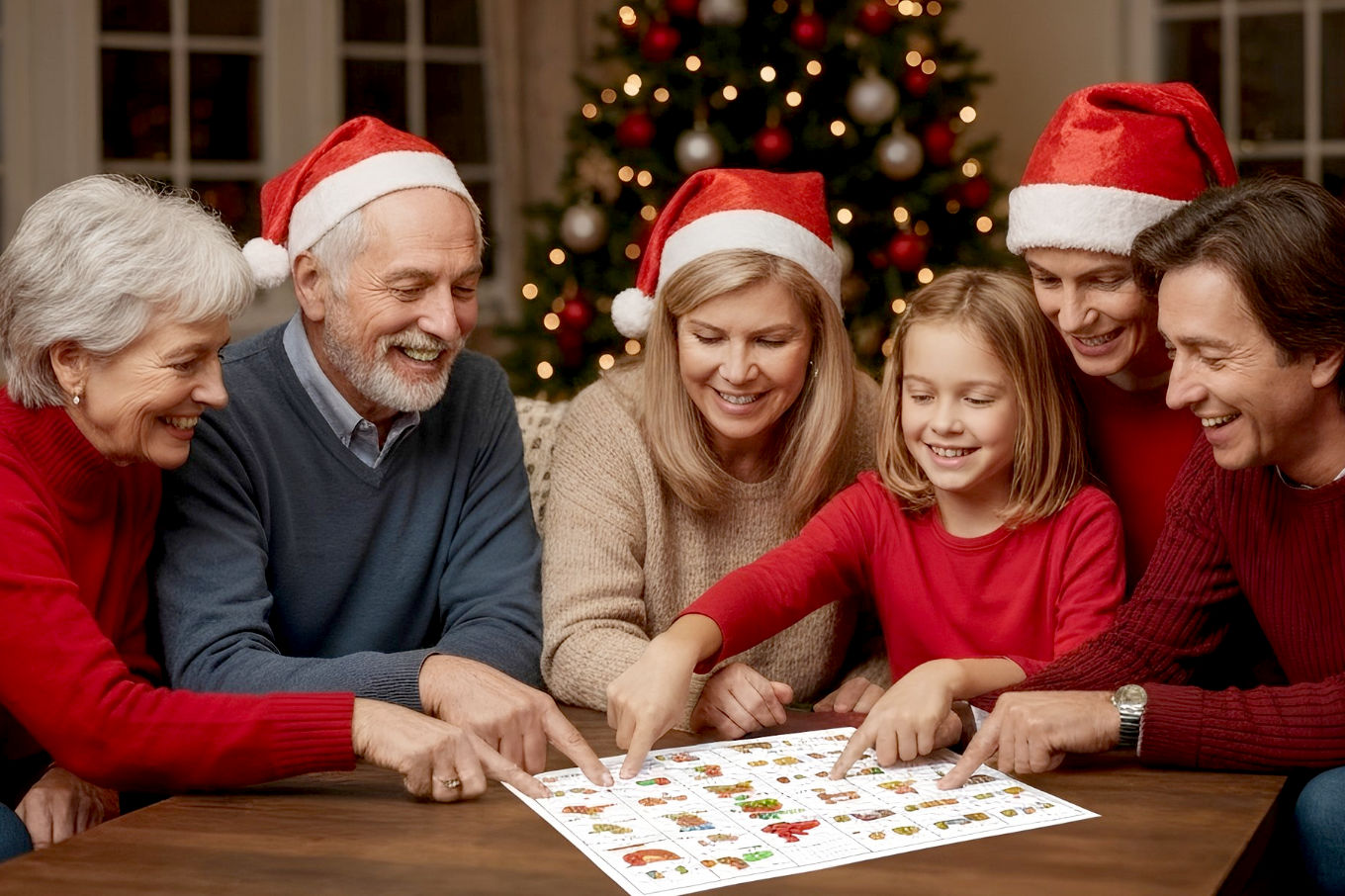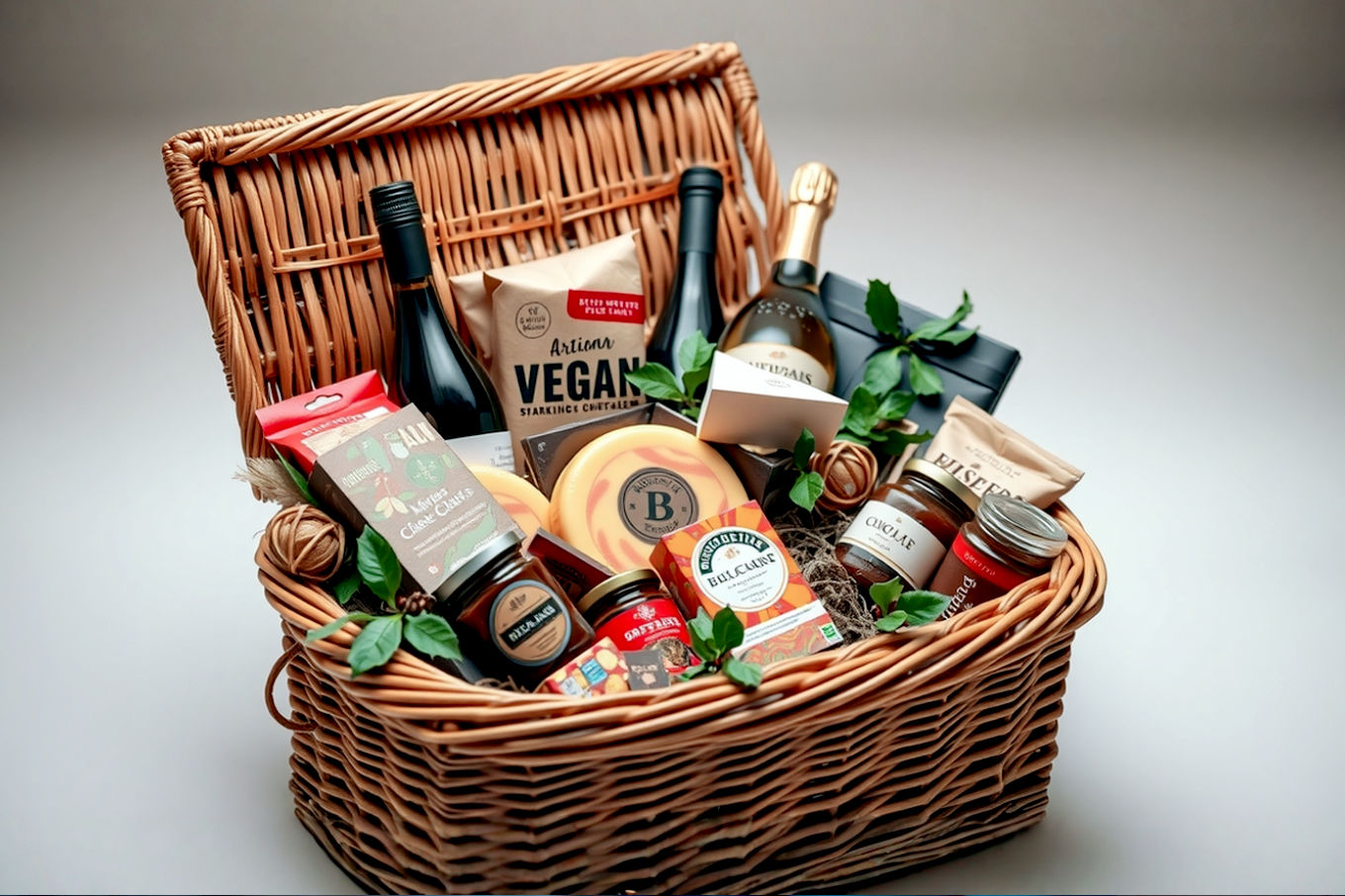This post may contain affiliate links. If you make a purchase through these links, we may earn a commission at no additional cost to you.
Christmas is a magical time, and celebrating your baby’s first holiday season is incredibly special. While an 8-month-old might not fully grasp the concept of Santa or gift-giving, this period is a whirlwind of rapid development. They’re exploring the world with all their senses, learning new skills, and becoming more independent every day. Choosing the right Christmas presents for an 8-month-old isn’t just about finding something cute; it’s about selecting smart picks that support their growth, encourage discovery, and provide lasting value.
This comprehensive guide will help you navigate the exciting world of baby gifts, focusing on items that are not only fun but also developmentally appropriate, safe, and truly “worth it.” We’ll explore the key milestones an 8-month-old is achieving and match those with thoughtful, engaging presents that will bring joy to both baby and parents.
Understanding the 8-Month-Old’s World
Before diving into specific gift ideas, it’s essential to understand what an 8-month-old is typically experiencing and learning. This knowledge forms the foundation for choosing gifts that truly resonate with their developmental stage. At this age, babies are little sponges, absorbing information and refining their motor skills at an astonishing rate.
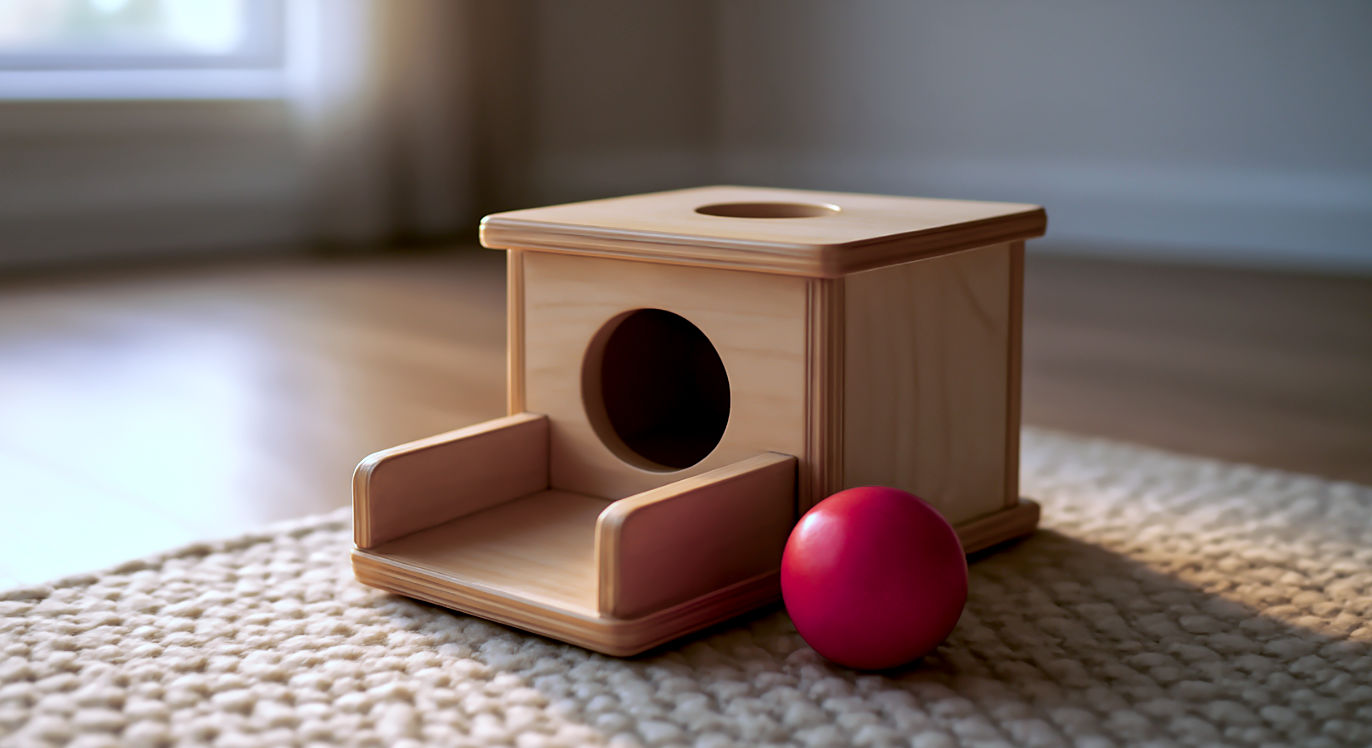
Developmental Milestones at 8 Months
Eight-month-olds are usually on the move, or at least getting ready to be! They’re transitioning from being relatively stationary to becoming active explorers. Here’s a breakdown of common milestones that influence their play:
- Gross Motor Skills: Many 8-month-olds are sitting independently with good balance. They might be crawling—whether it’s a classic crawl, commando crawl, or a unique scoot. Some are even starting to pull themselves up to a standing position using furniture. Gifts that encourage movement and strengthen these large muscle groups are excellent.
- Fine Motor Skills: Their hands are becoming much more coordinated. They’re developing a pincer grasp, which means they can pick up small objects using their thumb and forefinger. They love to transfer objects from one hand to another, bang things together, and explore textures with their fingers. Toys that require manipulation, stacking, or fitting pieces together are perfect for refining these skills.
- Cognitive Development: This is a period of intense learning. Babies at this age are starting to understand cause and effect (e.g., “If I push this button, a sound happens”). They’re also developing object permanence, meaning they understand that an object still exists even when they can’t see it. This concept is crucial for games like peek-a-boo and for understanding how toys work. They’re also becoming more curious about how things work and love to explore by mouthing, shaking, and dropping objects.
- Sensory Exploration: Babies learn through their senses. They’re fascinated by different textures, bright colors, interesting sounds, and even tastes (as everything still goes into their mouth!). Gifts that stimulate multiple senses are highly engaging.
- Social and Emotional Growth: They’re becoming more aware of others and may show preferences for certain people. They enjoy interactive play, like peek-a-boo or chasing games, and respond to their name.
Sensory Exploration and Curiosity
Baby Toys 0-6 Months Sensory Montessori Toys
- At 8 months, a baby’s primary mode of learning is through sensory input. They’re not just looking at a toy; they’re touching it, tasting it, shaking it, and listening to it. This multi-sens sensory exploration is vital for their brain development. Every new texture, sound, or color helps build neural connections.
- For instance, a toy with varied surfaces—smooth, bumpy, soft—provides a rich tactile experience that contributes to their understanding of the physical world. This is why sensory toys are so important; they offer diverse stimuli that engage a baby’s developing senses, fostering curiosity and encouraging active investigation.
- This baby sensory toy uses 12 kinds of bright colors and textured silicone balls to stimulate baby’s senses. The rattle ring, twisting clicking ball and rotating ball also allow baby to have more sensory fun.
Safety First: Essential Considerations for Baby Toys
When selecting any gift for an 8-month-old, safety must be the top priority. Babies at this age are still putting almost everything into their mouths, making choking hazards a significant concern. Here’s what to look for:
By keeping these safety guidelines in mind, you can ensure your chosen Christmas present provides joy without any unnecessary risks.
Top Categories for 8-Month-Old Christmas Presents
Now that we understand the 8-month-old’s developmental landscape and crucial safety factors, let’s explore the best categories of gifts that truly make a difference. These are the smart picks that align with their rapid growth and insatiable curiosity.
Toys for Gross Motor Development
At 8 months, many babies are on the cusp of, or already mastering, independent movement. Gifts that support their gross motor skills—the coordination of large muscle groups—are incredibly valuable.
Push and Pull Toys
While some pull toys are designed for walking toddlers, simpler versions can be great for encouraging crawling. Push toys (like a simple wooden cart or a toy with a handle that makes sounds when pushed) can motivate a baby who is pulling to stand to take those first tentative steps. Look for models with a wide, stable base to prevent tipping.
For instance, a wooden push walker with an integrated activity panel can serve dual purposes, offering support for standing and a variety of engaging activities to explore while stationary. These toys provide a dynamic feedback loop: as the baby pushes, the toy moves, reinforcing their understanding of cause and effect and building confidence in their mobility.
Activity Walkers (Stationary vs. Mobile)
Stationary activity centers (often called “jumpers” or “exersaucers”) can be excellent for an 8-month-old who loves to bounce and spin. They provide a safe, contained space for play, often featuring a circular tray with various attached toys that light up, make sounds, or offer different textures. These are great for strengthening leg muscles and providing entertainment. However, it’s important to limit time in these devices to about 15-20 minutes at a time to encourage floor play and natural movement.
Mobile activity walkers (the kind babies sit in and propel with their feet) are generally not recommended by pediatricians. While they seem to help babies move, they can actually delay independent walking by preventing babies from seeing their feet and developing the necessary balance and muscle strength. Stick to stationary options or push walkers for support.
Play Mats and Activity Gyms (for continued use)
Even if your baby has outgrown the newborn stage, a large, padded play mat remains an invaluable asset. Look for mats with different textures, crinkly spots, or attached loops for hanging toys. Some mats are designed with arches that can be removed, allowing for continued use as your baby sits and crawls. These provide a soft, stimulating surface for tummy time, sitting play, and crawling practice.
A multi-sensory play mat often incorporates mirrors, contrasting patterns, and various fabrics, encouraging extended exploration and engagement. The technical aspect here lies in the design for modularity and sensory integration, ensuring that the mat remains relevant and stimulating as the baby’s developmental needs evolve.
Toys for Fine Motor Skills and Hand-Eye Coordination
As babies refine their ability to use their hands, gifts that challenge their fine motor skills—the coordination of small muscles, especially in the hands and fingers—become incredibly engaging.
Stacking and Nesting Toys
These are classic developmental toys for a reason. Stacking cups or nesting blocks teach concepts like size, order, and spatial relationships. An 8-month-old will enjoy knocking down a tower you build, and soon they’ll start trying to stack them themselves. Look for sets with different colors and textures to add sensory appeal. The act of stacking requires precision in grasping and releasing, while nesting demands an understanding of relative size, both fundamental aspects of pre-mathematical reasoning.
Shape Sorters
While an 8-month-old might not be able to independently sort shapes yet, they’ll love exploring the different pieces and trying to put them into the holes with assistance. This introduces them to problem-solving and spatial awareness. Choose sorters with large, easy-to-grasp shapes and a simple design. A soft, fabric shape sorter can be a great starting point, as it’s less frustrating than rigid plastic for little hands. This early exposure helps develop visual discrimination and object manipulation skills.
Activity Cubes and Boards
These multi-sided toys are packed with different activities on each surface: beads to slide, doors to open, gears to spin, and buttons to press. They’re fantastic for keeping an 8-month-old engaged and exploring various fine motor challenges in one compact toy. An activity cube often features a different type of interaction on each face, such as a bead maze, a spinning drum, or a shape sorter. This design promotes sustained engagement by offering varied stimuli and tasks, preventing boredom and encouraging prolonged periods of focused play. The underlying technical concept is varied stimulus presentation within a single, self-contained unit.
Baby Beads and Linkable Toys
Simple bead chains or linkable rings are excellent for grasping, mouthing, and transferring from hand to hand. They’re lightweight, easy for small hands to manipulate, and often provide satisfying clacking sounds. These help strengthen their grip and hand-eye coordination. Look for those made from silicone or natural wood for safe mouthing.
Sensory and Cognitive Development Toys
These gifts are designed to stimulate a baby’s senses and foster their understanding of the world around them, contributing to their cognitive growth.
Textured Balls and Sensory Bins
A collection of textured balls (with bumps, ridges, soft fabric, or different weights) provides a rich tactile experience. Babies love to roll them, grasp them, and mouth them. A simple sensory bin (a shallow container with various baby-safe objects like large pasta, soft fabrics, or crinkly paper) can offer endless exploration under supervision. These items engage the somatosensory system, providing diverse tactile input that is crucial for brain development and the formation of sensory maps.
Musical Toys and Instruments
Babies are naturally drawn to sounds. Simple musical toys like shakers, soft rattles with bells, or small drums that respond to a gentle tap can be incredibly engaging. Look for toys that produce pleasant, not overly loud, sounds. A toy piano with large, easy-to-press keys can introduce cause-and-effect and early musical concepts. The technical aspect here involves the auditory feedback loop: when the baby interacts with the toy, it produces a sound, reinforcing their actions and helping them understand how their movements create effects.
Cause-and-Effect Toys
These are toys where a baby’s action directly leads to a predictable outcome. Think of toys with large buttons that trigger lights or sounds, or pop-up toys where pressing a lever makes a character appear. These toys are fundamental for teaching basic physics concepts and problem-solving skills. For example, a toy where a ball rolls down a track after being dropped in a hole helps a baby understand gravity and trajectory. The design principle is stimulus-response pairing, where the baby learns to associate a specific action with a particular outcome.
Mirrors (Baby-Safe)
Babies are fascinated by their own reflections. A baby-safe mirror (made from shatterproof plastic, often integrated into a soft toy or activity mat) can provide hours of self-discovery. They’ll smile at themselves, reach out, and explore their own expressions. This promotes self-awareness and facial recognition.
Montessori-Inspired Gifts: Simplicity with Purpose
Montessori philosophy emphasizes self-directed activity, hands-on learning, and collaborative play. For 8-month-olds, this often translates to simple, natural, and purposeful toys that encourage concentration and independent exploration.
Object Permanence Boxes
These are classic Montessori tools. A baby places a ball into a hole, and it disappears, only to reappear from a different opening. This simple action reinforces the concept of object permanence—that things still exist even when out of sight. It’s a foundational cognitive skill. The design is deliberately minimalist to focus the child’s attention on the task itself, rather than on distracting features.
Wooden Rattles and Teethers
Unlike plastic rattles, wooden rattles often have a more subtle, natural sound and a distinct tactile feel. They are durable, non-toxic (when unfinished or finished with food-grade oils), and provide a satisfying weight. Wooden teethers offer firm counter-pressure for sore gums. The natural variations in wood grain and temperature provide a rich sensory experience compared to uniform plastic.
Interlocking Discs
These are two wooden discs connected at their centers, allowing them to spin freely. They are designed for babies to easily grasp and transfer from hand to hand, promoting bilateral coordination and fine motor control. The simplicity of the design allows the baby to focus on the movement and manipulation of the object, rather than being overwhelmed by multiple features.
Books: Fostering Early Literacy
It’s never too early to introduce books. Reading to an 8-month-old fosters language development, strengthens the parent-child bond, and introduces them to the joy of stories.
Board Books with Textures and Sounds
Sturdy board books are essential for this age, as they can withstand mouthing and enthusiastic handling. Look for books with different textures to touch (e.g., “touch and feel” books), crinkly pages, or simple sound buttons. These engage multiple senses and make reading an interactive experience. Books with bright, high-contrast illustrations are particularly appealing to developing eyes.
Personalized Books
A personalized board book that features the baby’s name or even their photo can be a wonderful keepsake and a highly engaging read. Seeing themselves or their name in a story can capture their attention and make the reading experience even more special. This taps into their developing sense of self and recognition.
Teething Relief Gifts
Around 8 months, many babies are actively teething, and thoughtful gifts can provide much-needed comfort.
Natural Rubber Teethers
Made from the sap of rubber trees, natural rubber teethers like the iconic Sophie la Girafe are soft, flexible, and easy for small hands to grasp. They offer a gentle yet firm surface for babies to chew on, providing relief for sore gums. They are also typically free of BPA, PVC, and phthalates.
Silicone Teethers
Food-grade silicone teethers come in a vast array of shapes, textures, and colors. Many are designed with multiple surfaces to reach different parts of the gums. They can often be chilled in the refrigerator for extra soothing power. Look for designs that are easy to clean and dishwasher-safe.
Teether Toys with Multiple Textures
Some teethers combine different materials or textures, such as soft silicone with firmer wooden rings, or crinkly fabric elements. This variety provides different sensations for the baby’s gums and keeps them engaged for longer periods. The varied textures provide differential pressure distribution across the gums, which can be more effective in alleviating discomfort.
Beyond Toys: Practical and Thoughtful Gifts
While toys are wonderful, some of the most appreciated Christmas presents for an 8-month-old (and their parents!) are practical items or experiences that make daily life easier or create lasting memories.
Apparel and Accessories
Babies grow quickly, so clothing is always a welcome gift. Consider buying items in the next size up (e.g., 9-12 months or 12-18 months) to ensure they’ll fit in the coming months.
- Festive Outfits: A cute Christmas-themed onesie or a special holiday outfit can be perfect for photos and celebrations. Look for soft, breathable fabrics like organic cotton.
- Cozy Sleepwear: Warm pajamas or sleep sacks are practical and always needed, especially during colder winter months.
- Functional Accessories: Soft, adjustable hats for warmth, non-slip socks or soft-soled shoes for crawling/cruising, or even a high-quality baby carrier for outings can be incredibly useful.
Feeding Essentials
As 8-month-olds are typically exploring solid foods, feeding-related gifts can be very practical.
- Silicone Bibs: These are easy to wipe clean, catch dropped food, and are much more durable than fabric bibs.
- Suction Plates and Bowls: These stick to the highchair tray, preventing spills and encouraging independent eating. Look for sets with divided sections for different food items.
- Baby-Friendly Utensils: Soft-tipped spoons and small, easy-to-grip forks designed for babies can make mealtime more manageable and fun.
- Sippy Cups or Straw Cups: Introducing a transition cup can be a great step towards independent drinking. Choose ones with soft spouts or straws that are easy to clean.
Bath Time Fun
Bath time can be a highlight of the day for many babies, and gifts that enhance this experience are always a hit.
- Bath Toys: Floating animals, stacking cups designed for water play, or squirty toys (ensure they can be easily drained and cleaned to prevent mold) can make bath time more engaging.
- Hooded Towels: Large, soft, absorbent hooded towels keep baby warm and cozy after their bath.
- Gentle Bath Products: High-quality, tear-free baby wash and lotion made with natural ingredients can be a thoughtful gift for sensitive skin.
Experiences and Memberships
For the family who has everything, or for those who prefer experiences over material possessions, consider gifts that create lasting memories.
- Zoo or Children’s Museum Membership: This provides a year of educational and entertaining outings for the whole family.
- Baby Swim Classes: A voucher for a series of baby swim lessons can be a fun and beneficial activity.
- Professional Photo Session: Capture this precious stage with a gift certificate for a family or baby photoshoot.
- Subscription Boxes: While material, a baby-focused subscription box (e.g., for age-appropriate books or developmental toys) delivers new surprises monthly, extending the joy of Christmas.
Keepsakes for Baby’s First Christmas
These gifts are less about immediate play and more about commemorating a special milestone.
- Personalized Ornaments: A “Baby’s First Christmas” ornament with their name and birth year is a cherished memento.
- Handprint/Footprint Kits: Kits that allow parents to create a lasting impression of their baby’s tiny hands or feet are incredibly sentimental. Look for non-toxic, air-drying clay for ease of use.
- Baby Memory Book/Journal: A beautifully designed book to record milestones, photos, and memories from their first year.
- Custom Photo Album: Fill a small album with photos from their first 8 months, or create a voucher for parents to fill it themselves.
Gifts for Parents
Sometimes, the best gift for an 8-month-old is something that supports their parents, making their lives a little easier and happier.
- Gift Cards: To a favorite restaurant, coffee shop, or online store.
- Meal Delivery Service Vouchers: New parents are often short on time, and prepared meals can be a lifesaver.
- Babysitting Vouchers: Offer your time to babysit so parents can enjoy a much-needed break.
- Cleaning Service: A professional cleaning service for a few hours can provide immense relief.
Choosing the Right Gift: Key Considerations
With so many options, how do you narrow down the perfect Christmas present for an 8-month-old? Beyond the specific categories, several overarching principles should guide your decision-making process. These considerations ensure your gift is not only well-received but also truly beneficial and safe for the baby.
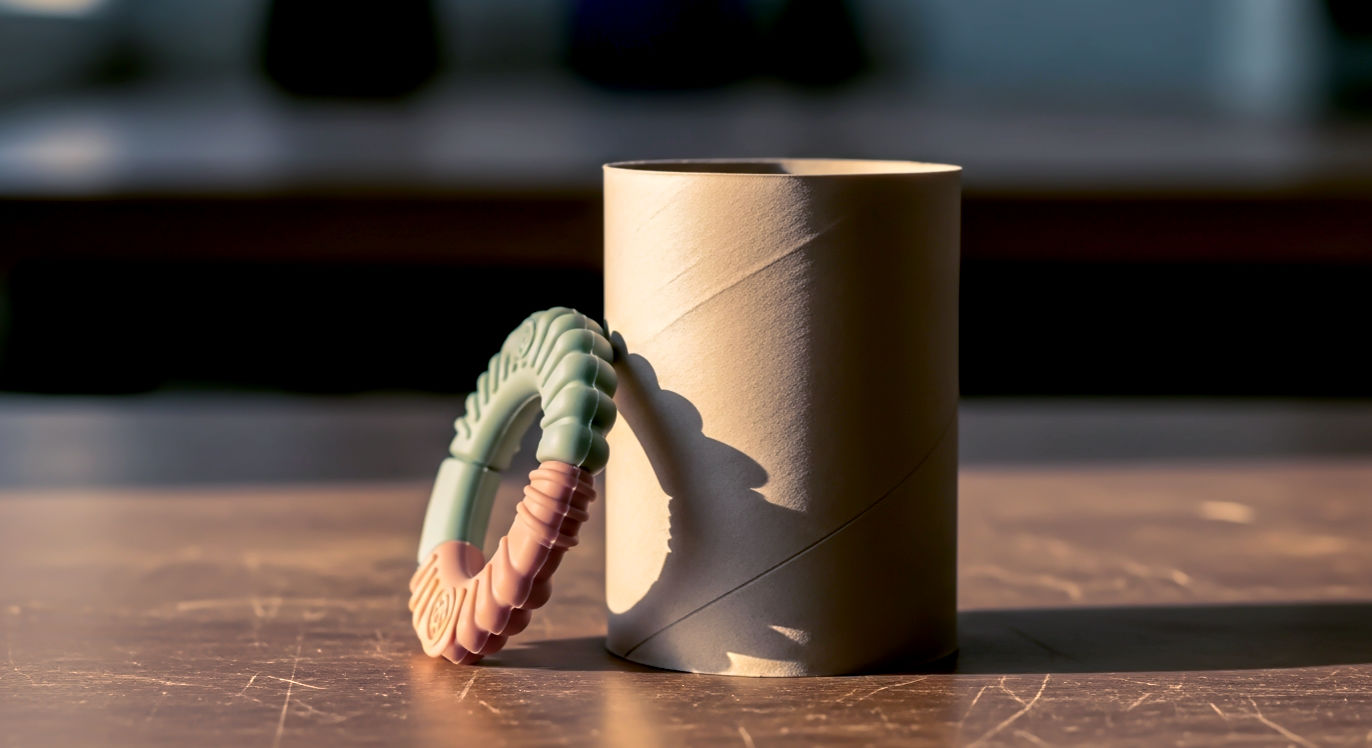
Age-Appropriateness vs. Safety
As previously mentioned, age-appropriateness is paramount, particularly when it comes to safety. While a toy might be labeled for “6-12 months,” always double-check for small parts if the baby is still prone to mouthing everything. The Consumer Product Safety Commission (CPSC) sets strict guidelines, and reputable manufacturers adhere to them. For example, toys for babies under three years old should not have small components that could detach and become a choking hazard. This is a critical safety engineering principle: design for the most vulnerable user within the target age range. It’s not just about what a baby can do, but what they might do.
Durability and Quality Materials
Babies are surprisingly strong and persistent. A well-chosen gift should be able to withstand significant wear and tear.
- Construction: Look for toys with solid construction, securely fastened parts, and no easily detachable pieces.
- Materials:
- Wood: Opt for solid wood, ideally FSC-certified (Forest Stewardship Council) for sustainability, and ensure any finishes are non-toxic, water-based paints or food-grade oils. Wood offers a unique tactile experience and is naturally durable.
- Silicone: Food-grade silicone is excellent for teethers and feeding items. It’s soft, flexible, easy to clean, and resistant to bacteria.
- Fabric: For soft toys, ensure they are made from durable, washable fabrics like organic cotton or polyester blends, and that any stuffing is securely contained. Check for fire-retardant labeling.
- Plastic: If choosing plastic, ensure it’s BPA-free, phthalate-free, and ideally PVC-free. Look for plastics like polypropylene (PP) or polyethylene (PE), which are generally considered safer. The technical term “leaching” refers to the process where chemicals from plastic can transfer into a baby’s mouth, especially when chewed or heated. Selecting certified non-toxic plastics minimizes this risk.
Investing in quality materials not only ensures safety and longevity but also provides a richer sensory experience for the baby.
Open-Ended Play Value
The best toys are those that can be used in multiple ways, encouraging creativity and imagination rather than dictating a single mode of play. This is known as open-ended play.
- Examples: Simple blocks, stacking rings, or sensory balls allow for endless possibilities. A baby might first mouth a block, then bang two together, then try to stack them, and later use them in imaginative play scenarios.
- Benefit: Toys with open-ended play value grow with the child. They adapt to different developmental stages, offering new challenges and opportunities for discovery as the baby’s skills evolve. This contrasts with “closed-ended” toys that have a single, predetermined function and quickly lose interest once that function is mastered. The concept of affordance in toy design refers to the perceived and actual properties of a toy that suggest how it can be used. Open-ended toys have high affordance, inviting diverse interactions.
Ease of Cleaning
Hygiene is paramount when it comes to baby items. Choose gifts that are easy to clean.
- Wipeable Surfaces: Many plastic or silicone toys can be simply wiped down with a damp cloth and mild soap.
- Machine Washable: For fabric toys or clothing, check if they are machine washable.
- Dishwasher Safe: Some silicone feeding items or plastic toys are top-rack dishwasher safe, which is a huge convenience for busy parents.
- Avoid crevices: Toys with too many small nooks and crannies can trap dirt and germs, making them harder to sanitize effectively.
Storage Solutions
While not directly a gift for the baby, considering how a toy will be stored can be a thoughtful gesture for parents. Large, bulky toys can quickly overwhelm a living space.
- Compact Design: Some toys are designed to be compact or collapsible when not in use.
- Integrated Storage: Toys that come with their own storage container (like a shape sorter that doubles as a block bin) are a bonus.
- Multi-functional: Toys that serve multiple purposes (e.g., an activity cube that also stores small items) help reduce clutter.
By keeping these key considerations in mind, you can choose a Christmas present that is not only delightful for the 8-month-old but also genuinely appreciated by their parents for its safety, quality, and lasting value.
Making Christmas Special for an 8-Month-Old
While the focus has been on tangible gifts, remember that for an 8-month-old, the true magic of Christmas often lies in the atmosphere, the new experiences, and the love shared with family. Their understanding of the holiday is still developing, so simplifying the experience can be more impactful than an abundance of presents.
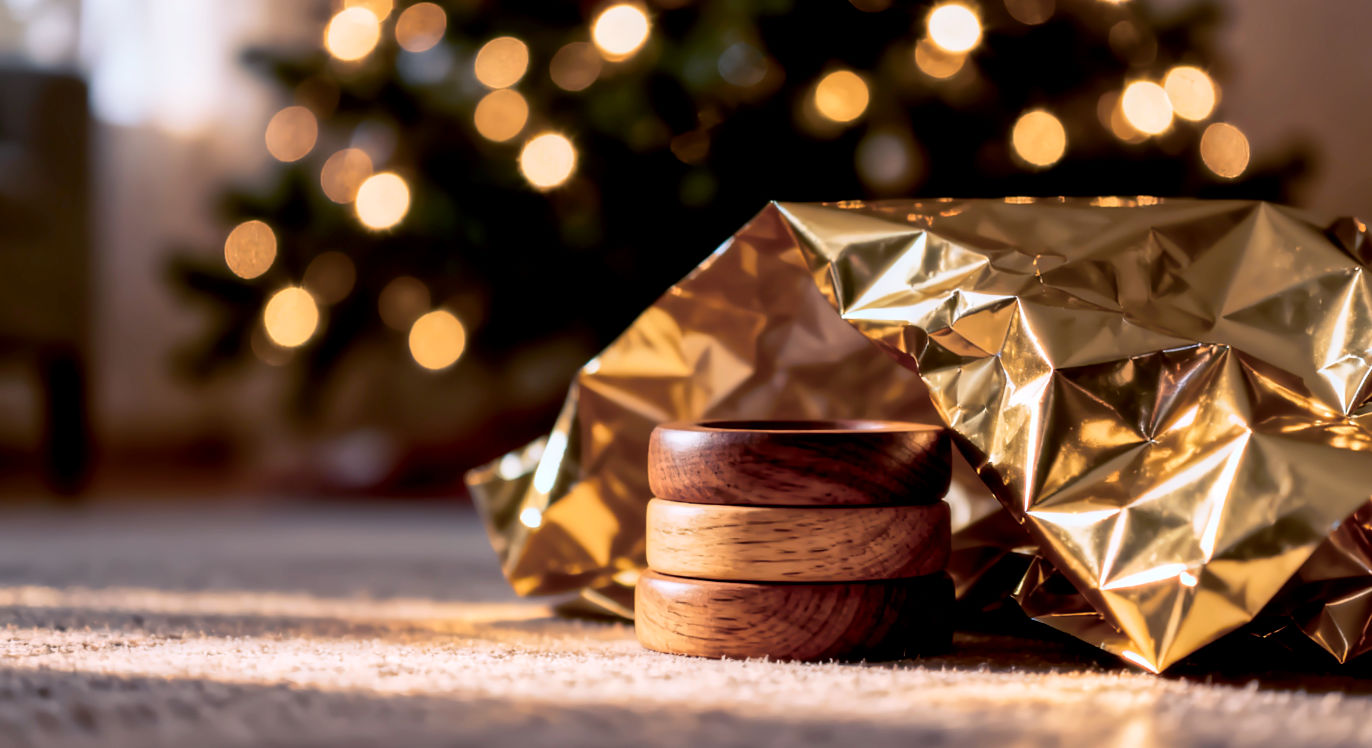
Focus on Family and Experiences
For an 8-month-old, the most valuable “gifts” are often experiences and undivided attention.
- Interactive Play: Spend time on the floor playing with them, engaging with their new toys, and reacting to their discoveries. This interaction is crucial for their social and emotional development.
- Sensory Rich Environment: Let them explore the Christmas tree (under close supervision, of course!), feel the soft textures of blankets, listen to festive music, and enjoy the smells of holiday baking. These sensory inputs create lasting positive associations.
- Reading Holiday Books: Cuddle up and read Christmas-themed board books. Even if they don’t understand the words, they’ll love the sound of your voice and the colorful illustrations.
- Family Gatherings: While large, noisy gatherings can be overwhelming, smaller, calmer family interactions allow them to observe and connect with loved ones. Their developing social cognition benefits immensely from these interactions.
Simple Traditions
Start simple traditions that can grow with your child. These don’t need to be elaborate.
- First Christmas Ornament: As mentioned, a personalized ornament is a lovely way to mark the occasion.
- Holiday Photos: Capture this special time with photos. Don’t stress about perfection; candid shots are often the most cherished.
- Music and Lights: Play festive music and let them enjoy the twinkling lights of the Christmas tree. The visual and auditory stimulation can be very soothing and engaging.
- A Special Outfit: Dress them in a festive outfit for the day, even if it’s just a cozy onesie.
Managing Expectations
It’s easy for adults to get caught up in the excitement of Christmas, especially when it’s a baby’s first. However, it’s important to manage expectations regarding the baby’s reaction to gifts.
- They might prefer the wrapping paper: This is incredibly common! The crinkly paper, the ribbons, and the box itself often provide more sensory stimulation than the toy inside. Embrace it! This is a perfect example of their innate curiosity and preference for novel sensory input.
- Less is often more: An overwhelming pile of toys can be overstimulating. Consider a “four gift rule” (something they want, something they need, something to wear, something to read) or simply focus on a few high-quality, developmentally appropriate items.
- It’s about the moment, not the memory: An 8-month-old won’t remember their first Christmas. The joy is in the present moment, the interactions, and the memories you create as a family. The episodic memory system is still immature at this age, meaning they won’t form explicit, retrievable memories of the event. However, the positive emotional and sensory experiences contribute to their overall well-being and development.
Conclusion
Choosing Christmas presents for an 8-month-old is a wonderful opportunity to support their incredible journey of discovery. By focusing on smart picks that align with their rapid developmental milestones—from gross and fine motor skills to cognitive and sensory exploration—you can select gifts that are not only fun but also truly beneficial. Prioritizing safety, durability, and open-ended play value ensures your presents will withstand enthusiastic exploration and grow with the baby.
Beyond the material gifts, remember that the most precious offerings are your time, attention, and the creation of warm, loving experiences. Whether it’s a textured board book, a sturdy wooden stacking toy, or simply the joy of exploring crinkly wrapping paper, the best Christmas presents for an 8-month-old are those that foster their innate curiosity, encourage their burgeoning independence, and lay the foundation for a lifetime of learning and joyful exploration. Happy holidays!


